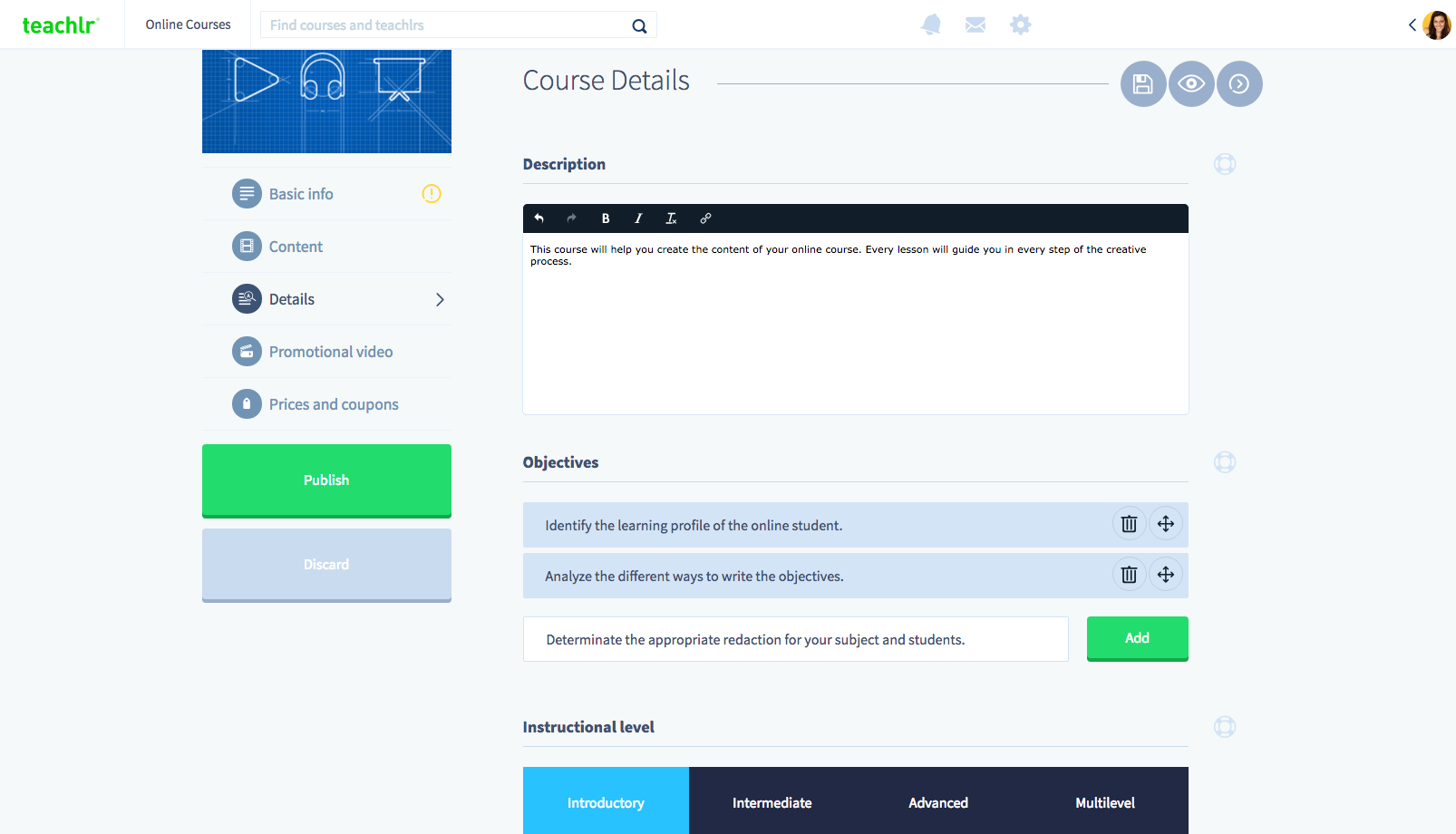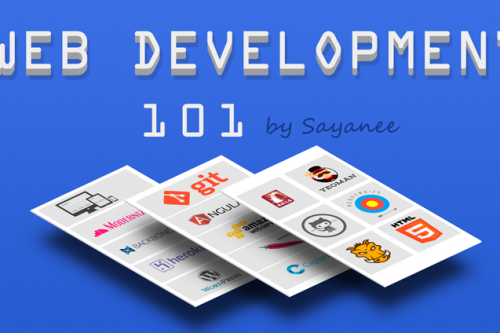You’ve already decided to create your online course and finally share what you know but… You have no idea how to establish and write your course objectives?
If that’s the case: No need to worry! Follow this 6 easy steps. By the time you finish reading you’ve established all your course objectives.
First of all, you need to know that defining the objectives of your course is of great importance. There are two fundamental reasons:
- The objectives will guide your students so they know what is expected of them and what will they learn. This facilitates and enhances their learning. It also gives them clarity when choosing your course among many others. Therefore establishing course objectives has two functions: one didactic and other promotional.
- Defining your objectives is a great way to start planning your course. Being organized is key to reducing the time and effort you spend. The objectives will be written in terms of what students should learn. At the same time, they will help ensure that you are complying with what you have offered.
How to set the objectives of your course
Before we begin, let’s imagine we are creating a cooking course. We can use that example to visualize some of the factors we need to take into account.
Fist: online learning is characterized as a student-centered process. That is why your writing should consist of what the student will be able to know or demonstrate by the end of the course or lesson. With that approach in mind, a good way to raise the objectives is:
- You will identify the basic ingredients of Italian cuisine.
You will be able to identify the basic ingredients of Italian cuisine. - To identify / identifying the basic ingredients of Italian cuisine
- Avoid saying something like this:
Teaching / explainingthe student ingredients of Italian cuisine. (That may be your goal but not theirs).
In Teachlr we offer the opportunity to students all around the world to learn at their own pace. In that order, writing student-centered actions as objectives will encourage them to feel leaders and managers of their learning process. This generates higher commitment.
Second: Both you and the student must be able to check if you are are meeting the objectives and work towards it. The objectives of your course must be clearly written and each one should offer a single concrete result. For example:
- You will be able to prepare the 3 basic sauces of Italian cuisine.
- Instead of: “You will know the basics of Italian cooking sauces to create the best dishes like carbonara sauce”.
If you notice, the first sentence sets a clear result: the verb “to know” -showed in the what-not-to-do example- is neither easily measurable nor implies specific action. Also, things like the carbonara sauce and appreciations as “best dishes” were involved. In this case, what students should be able to do after seeing your course is to prepare the 3 basic sauces of Italian cuisine.
Third: There are objectives that include achieving other small goals. In these scenarios, you can mention the objective that includes them all (as long as it continues to be specific and measurable) and especially those ones, that if you were a student, would invite you to take the course. This could be the case:
- To prepare the 3 basic Italian sauces, you should be able to:
Identifying the ingredients of each of the 3 sauces, selecting the right tomatoes, knowing which are the ones for each sauce, identifying necessary cooking implements, among many others.
However, the fundamental objective is to be able to prepare the 3 basic sauces. Clearly, the main objective includes the small ones. And it’s very likely that anyone would prefer to be able to cook a sauce than to buy ingredients.
6 simple steps to write your course objectives
Step 1: The purpose of your course should be clear. That includes what anyone will be able to do after taking this course and why should they take it. But just a big picture of that. The purpose should be your first guide in order to create your objectives, which are the way the student will fulfill the greater goal of this specific learning process.
Step 2: List the small or big things your students may accomplish when finishing your course. It’s very helpful if you start listing it lesson by lesson. It is very important to take into account both skills and theoretical knowledge to be obtained. Be as detailed as possible.
Step 3: Take that long list and select those objectives that you consider the most important and attractive to potential students. Please include those that only you can offer.
Step 4: Its time to write! Take each goal and rewrite them according to the tips at the beginning. We ask you to be detailed in step 2, that probably made them long or not concrete. If that happens try to split them or search for the greater goal, as recommended in the third initial tip. Remember to focus measurable actions on the student.
Step 5: Just to check: confirm that the objectives of your course meet its purpose. Then, ask yourself if that information would make you more willing to take the course. If the answer to either of those questions is no, then you should go back to Step 1.
Step 6: Write your objectives in the Course Details label. Located in the Teaching section of your Teachlr profile. (As in the picture below).
So let’s review:
- You can list as many objectives as you want. But don’t overdo it, the whole list must be clear and achievable. It is better to have few goals that are clear and useful than promising something you cannot deliver.
- The process should be student-centered to provide an active role and more responsibility.
- The objectives must be verifiable actions or results.
- Ask yourself if you would take this course to meet these objectives if you were in your students’ position.
- Use a language according to the subject and the target audience.
- Prioritize and list only the main objectives, be clear and precise in doing so.
- And finally, when you start recording your course, it will be very helpful to review on our post: 5 tips for creating your online course. In it, you will find excellent tips to successfully tackle the production stage.
Start now creating the content of your course and contact us in the comments section. We will help you in the process!





